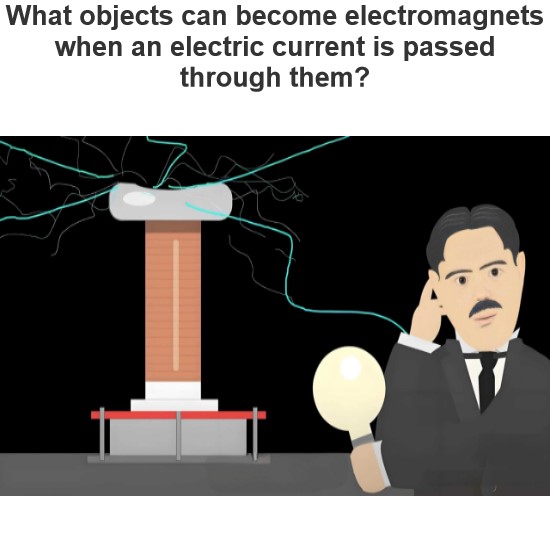What is the reason behind the inability to transmit electricity using direct current (DC)?
Causes of inability to transmit power using direct current (DC)
There are some key differences between direct current (DC) and alternating current (AC) in power transmission, and these differences make DC not suitable for power transmission in some cases. Here are a few main reasons:
Lack of voltage conversion capability: Transformers are the core components of alternating current systems, which allow power to be converted between different voltage levels. Because the current direction of direct current is constant, it can not achieve voltage transformation by changing the magnetic field like alternating current, which makes the traditional transformer can not be applied to the transmission of direct current.
Energy loss: When direct current is transmitted over long distances, it will experience a large energy loss due to the continuous flow of current. This loss is mainly reflected in the heating of resistance, especially in wires, DC current generates more heat than AC current, which limits the efficiency of direct current in long-distance transmission.
Technical challenges: Although HVDC systems have their unique advantages, such as no inductance effect and less interference to communication lines, the current technology is relatively complex and costly. In addition, the technical limitations and efficiency problems of DC switches and circuit breakers are also factors that hinder their wide application.
Equipment requirements: Many electronic devices and circuit designs are optimized for alternating current, and the use of direct current may require additional conversion equipment, such as rectifiers and inverters, which increase the complexity and cost of the system.
Historical traditions and standards: The power industry has long established a set of standards and infrastructure based on AC, including grid design, substation construction and maintenance, which makes the large-scale conversion to DC in existing systems require huge investment and change.
In summary, although DC has its advantages in some specific scenarios, AC is still the mainstream choice in a wide range of power transmission networks due to its unique transformer support, low energy loss, and existing infrastructure support. However, with the development of technology, DC transmission is getting more and more attention in specific areas such as power transmission efficiency requirements, such as electric vehicle charging and certain industrial applications.
The Electricity Encyclopedia is dedicated to accelerating the dissemination and application of electricity knowledge and adding impetus to the development and innovation of the electricity industry.




